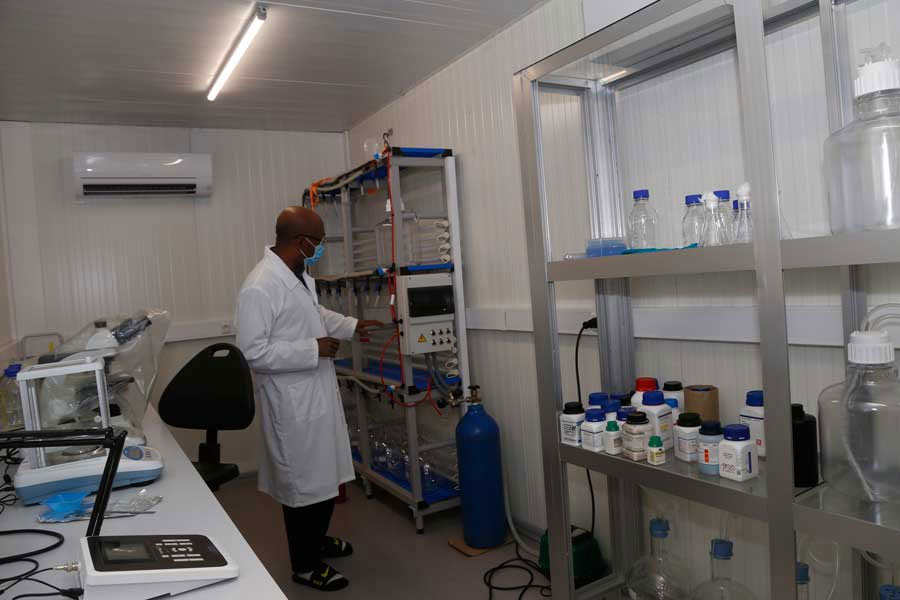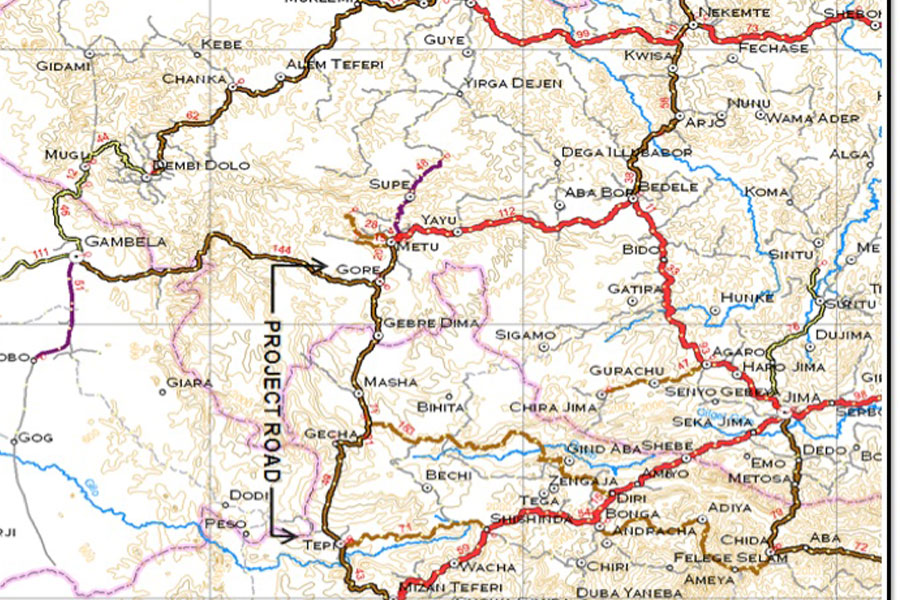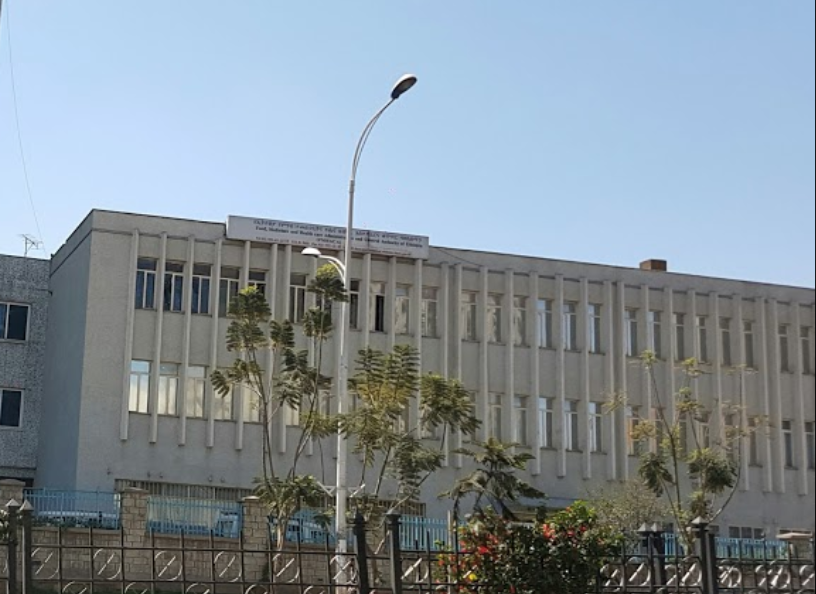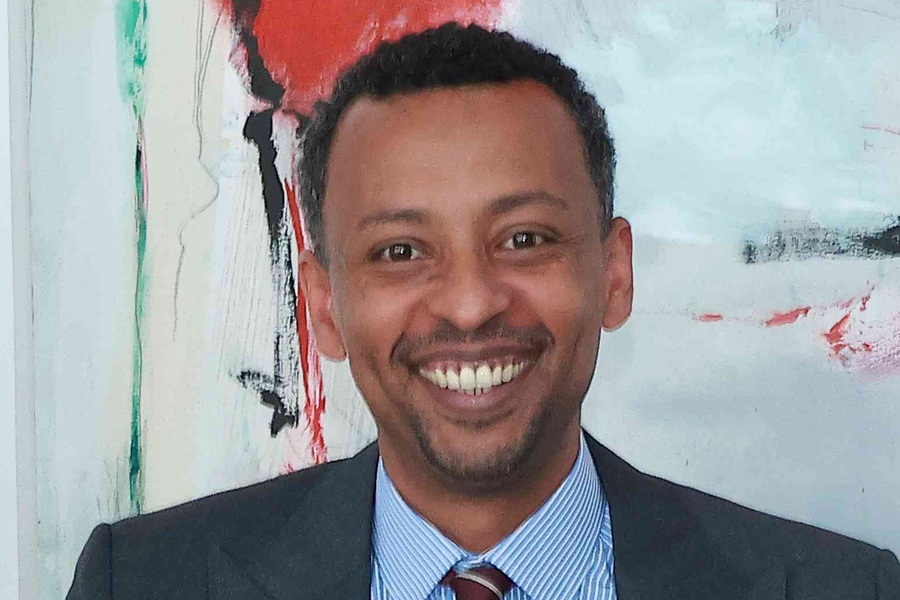
Fortune News | Apr 02,2022
Jan 11 , 2020
By GELILA SAMUEL ( FORTUNE STAFF WRITER
)
So far, the government has identified five hydroelectric dams for PPPs
The government is considering adding two hydroelectric dam projects under the Private-Public Partnership (PPP) model, which would push the total number of new dams to seven.
Having a combined power generating capacity of 935MW, the two dams will be developed on the Birbir and Geba rivers, both of which are in southwestern Ethiopia. Birbir and Geba dams will have a generating capacity of 564MW and 371MW of electric power, respectively.
To hire companies that will conduct the feasibility studies of Birbir River I & II and Geba I & II dams, Ethiopian Electric Power (EEP) announced a call for expressions of interest from interested bidders.
The African Development Bank will cover the cost of the feasibility study. In total, the Bank allocated 104.6 million dollars to back Mekele-Dallol and Semera-Afdera Power Supply and Access Scale-up Project along with the feasibility study for hydroelectric dam projects.
The feasibility study will suggest ways for the projects to be carried out through the PPP model, according to Bizuayheu Tesfaye (PhD), director of Energy Resource Development at Ethiopian Electric Power.
Along with the two projects, the feasibility study comprises the preparation of independent power producer (IPP) documents for the Chemoga-Yeda I & II, Genale Dawa V and Halele Werbessa I & II hydropower projects with the capacity to generate 280MW, 260MW and 426MW of power, respectively.
The company that will be hired for the project will also examine the practicality of the prioritised PPP hydro dam projects and analyse the delicate balance of risk sharing.
Last year, the board of the PPP, which is composed of members from the Ministry of Finance, the National Bank of Ethiopia, the Ministry of Water, Irrigation & Electricity and the private sector, has approved five hydro dam projects. Genale Dawa V (100MW) and Genale Dawa VI (250MW) in Somali Regional State, Halele Werbessa I & II (424MW) and Dabus (798MW) in Oromia Regional State and Chemgo-Yeda I & II (280MW) in Amhara Regional State.
The five projects are expected to cost 3.8 billion dollars and generate 1,832MW of power. Halele Werabessa will have the highest cost of 1.2 billion dollars, while Dabus will have the largest capacity of power generation.
To update the feasibility study of the five projects, the EEP has announced a bid to hire a consultancy firm. It is also searching for a company that will conduct a new study for the hydroelectric dam on Didessa River with a generating capacity of 301MW of energy. If approved, it will be the eighth project under the PPP model.
The bid was closed last March 8, 2019, and the winning company is expected to be announced in the coming weeks, according to Bizuayehu.
The private sector will fully finance, operate and maintain the projects and transfer them to EEP when the 30-year partnership period expires, according to Abebe Tadesse, director of PPP project development and monitoring.
After generating the power, the private developers will sell it to EEP, which will feed it into the national grid. Then Ethiopian Electric Utility (EEU) will distribute power to consumers, while EEP itself distributes to industries and big companies as well as exporting it.
Tigabu Atlao, an energy and power practitioner, says that it is very difficult to forecast a 30-year demand with the current economic condition of the country.
“It’s not debatable that there is a need for energy, but considering the current state of affairs, the assurance on investment protection and financial guarantee should be given," said Tigabu.
Tigabu fears that the Utility will set tariffs at the point of contract, but the trend will force the market to decrease the tariffs, and the utility will under-collect, thus a regulator's policy should align with the advancement of these projects.
Recently, Saudi firm ACWA Power kicked off construction of two solar farms totaling 250MW of capacity under the PPP model. The PPP approved seven solar power projects.
Currently, EEP operates more than 12 hydropower dams and three wind power plants, cumulatively generating 4,290MW of power, which is distributed across the country. At the end of last week, the government announced a 10-year road map that aims to boost the nation's electric coverage by four-fold to 20,000MW.
PUBLISHED ON
Jan 11,2020 [ VOL
20 , NO
1028]

Fortune News | Dec 19,2018

Fortune News | Apr 12,2020

Fortune News | Jun 14,2020

Radar | Oct 14,2023

Fortune News | Jul 21,2024

Dec 22 , 2024 . By TIZITA SHEWAFERAW
Charged with transforming colossal state-owned enterprises into modern and competitiv...

Aug 18 , 2024 . By AKSAH ITALO
Although predictable Yonas Zerihun's job in the ride-hailing service is not immune to...

Jul 28 , 2024 . By TIZITA SHEWAFERAW
Unhabitual, perhaps too many, Samuel Gebreyohannes, 38, used to occasionally enjoy a couple of beers at breakfast. However, he recently swit...

Jul 13 , 2024 . By AKSAH ITALO
Investors who rely on tractors, trucks, and field vehicles for commuting, transporting commodities, and f...

Oct 25 , 2025
The regulatory machinery is on overdrive. In only two years, no fewer than 35 new pro...

Oct 18 , 2025
The political establishment, notably the ruling party and its top brass, has become p...

Oct 11 , 2025
Ladislas Farago, a roving Associated Press (AP) correspondent, arrived in Ethiopia in...

Oct 4 , 2025
Eyob Tekalegn (PhD) had been in the Governor's chair for only weeks when, on Septembe...